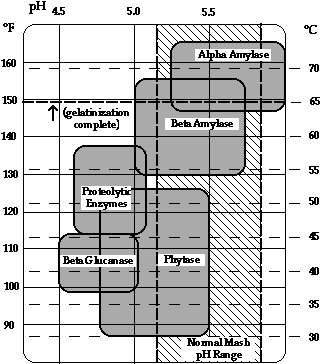mr_wibble
Beer Odd
There was a little bit of flour ... bugger all really, but the whole lot went in.Adr_0 said:I think the crush looks good - husks aren't too torn up, and the endo-thingies are broken up nicely. I assume there is some flour at the bottom? Make sure you add this to the mash.
Was your mash temp 78°C or was that a typo? Most single infusion mashes are in the 65-69°C range. Some people stir once through the mash, but don't do any more than this as you will lose heat each time you open the lid - this includes each time you check your temp with a thermometer.
Your sparge water should be 75-80° ideally. The only, single function of this is to transport the sugars out of the mash tun and into your boiler. Hot is good as it thins everything out and makes it easier to drain. You will notice if you drain too quickly, as the grain bed starts to compact and the flow slows right down, with the wort only going through the path of least resistance. You basically have you play it by ear and just monitor your grain bed - you can always try to flow quickly and see what happens if you really want.
Yeah, the mash temp was 68C ... I can't edit the post now, *sigh*.
thanks,
-kt





